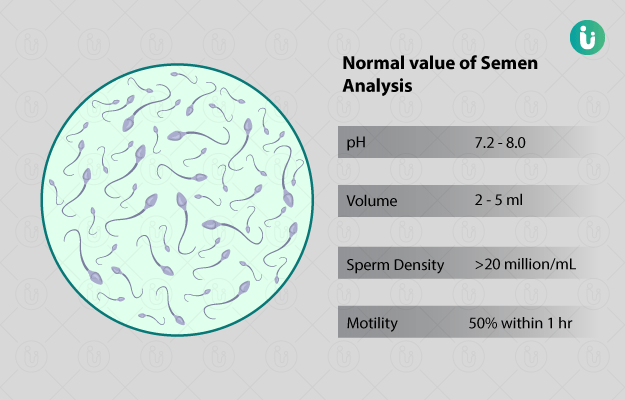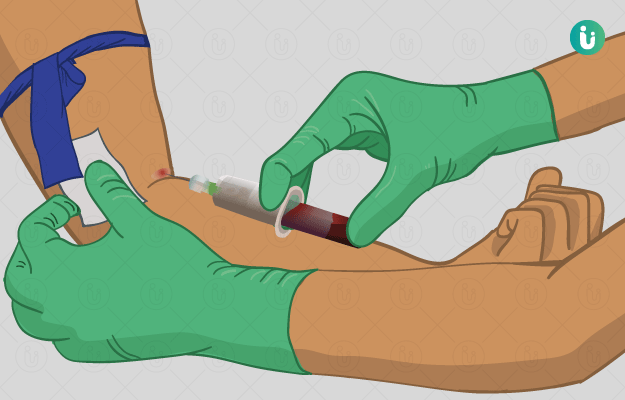What is Chikungunya test?
A chikungunya test evaluates for the presence and confirms the diagnosis of chikungunya virus or antibodies against this virus in blood. Chikungunya is a viral infection, which spreads through mosquito bites (Aedes aegypti). Once the virus enters the bloodstream, it brings about an immune reaction, producing the symptoms of chikungunya.
Chikungunya is a common disease of the tropical region, but now it has been found to have spread across the globe. It is categorised as a traveller’s disease. Common symptoms of chikungunya include fever and joint pain, which can last for a long duration.














